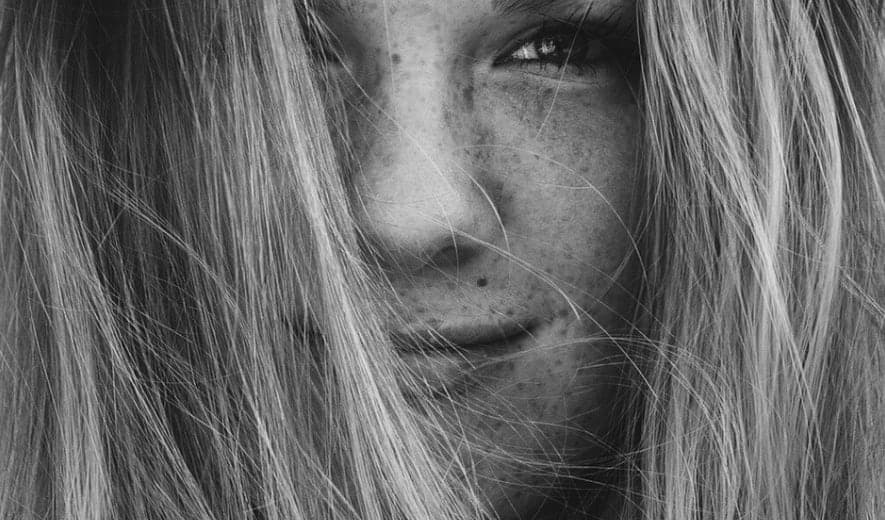No products in the cart.
Red spots on your skin: should you be worried?
Health and beauty
Petechiae. This is the medical term for the red spots that sometimes appear on the skin and can cause alarm. Should you be worried?
When the good weather arrives, long hours in the sun and exposure to insect bites of all types, the risk of skin lesions also increases. Although not unique to the summer season, the most worrying are the petechiae – red spots that can be seen on any part of the body.
If you have noticed these little crimson dots on your skin and you don’t know where they come from, this post will be of interest. We analyse what petechiae are, what causes them, and when you should seek professional help.
Petechiae: what they are and why do they appear?
According to the theory, petechiae are vascular lesions – usually caused by small capillaries breaking – that become visible on the skin in the form of red or purple spots. Depending on how they appear, they may be perceived as normal bruising. But seen closer up, it is easy to spot that characteristic feature of its appearance that occurs when blood is stored under the skin.
As for the causes behind their appearance, there is a wide range that allows us to assess their seriousness and whether or not you should consult a specialist. From the least serious to the most, these are some of the most common risk factors:
- Due to some kind of attack against the skin: bites, knocks, cuts… these can cause bleeding as they can produce a small trauma in the blood vessels. Even so, this is usually the only case where the level of severity is minimal.
- Due to allergic reaction. Whether or not the triggering factor is under control, in these cases, petechiae are a further symptom of hypersensitivity. For these cases, you should apply the recommended remedy or consult a specialist.
- Due to medical or pharmacological treatments. The red patches usually disappear some time after the medication is finished. It is therefore important to tell your doctor about this reaction so that they can rule out other triggers.
- Due to inadequate nutrition and a lack of vitamins.
- Due to viruses or diseases such as scarlet fever, measles or meningitis.
- Due to immune system disorders.
- 7. Due to clotting problems (platelets) or red blood cells.
Of the above list, the last three causes of petechiae are the most significant and require proper attention by a medical specialist.
How to treat petechiae.
In order to differentiate petechiae from other skin surface lesions, try pressing on the area. If the red patches remain unchanged, they are petechiae; if the area loses colour, it will likely be a normal bruise. In any case, if you are unsure and do not know the real cause of the appearance of these micro-injuries, please seek the help of a medical specialist.
So long as the triggering factor is not serious, these marks normally disappear completely. However, you can always help suppress them by applying cold compresses (to reduce inflammation), taking care of your diet (ensuring you have get enough vitamins and minerals), and applying creams that help regenerate all layers of your skin (those that contain prebiotics are particularly beneficial).

 Español
Español